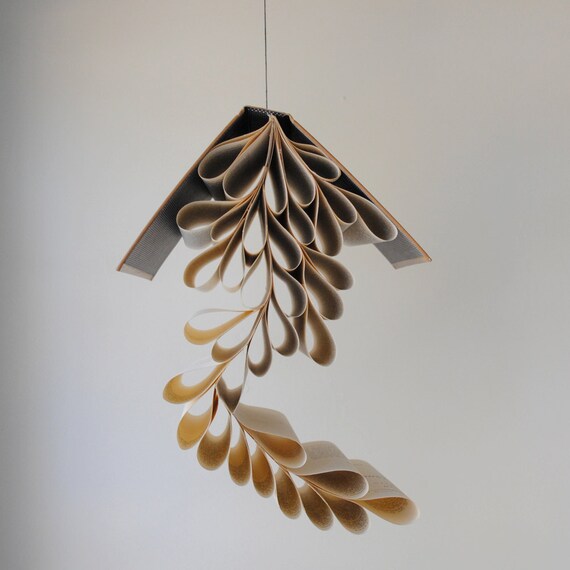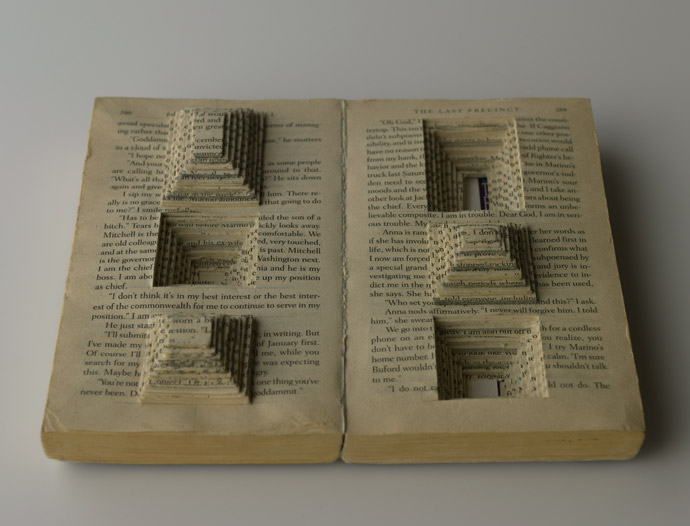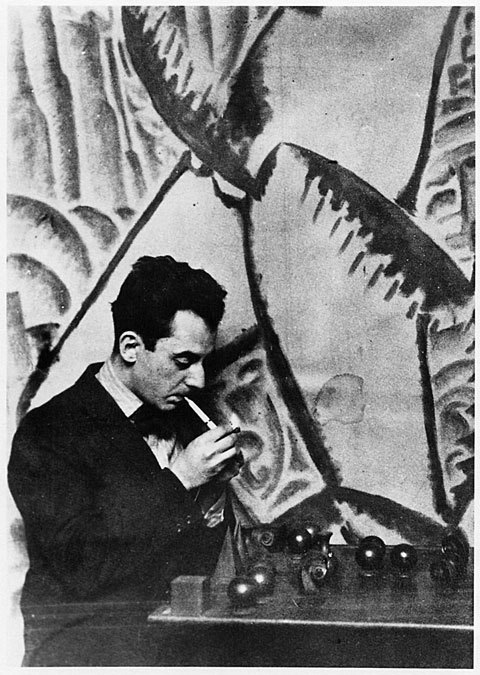
This imaginative self-portrait, titled "Iris," by Moria Peters reminded me of all the different elements we had to focus on when we were creating our own portraits. It has a huge array of colors but they all blend and move together throughout the picture and create a sense of unity that can definitely be hard to achieve with such a numerous amount of different colors. There's soft, flowing movement and a myraid of different shapes that follow the flow of the painting. And while the subject of the piece is centered, I think the real focus-- the cascade of colors ascending upward-- raises away from the center, creating an interesting composition.


































%20(2009)%20(web%20site).jpg)











